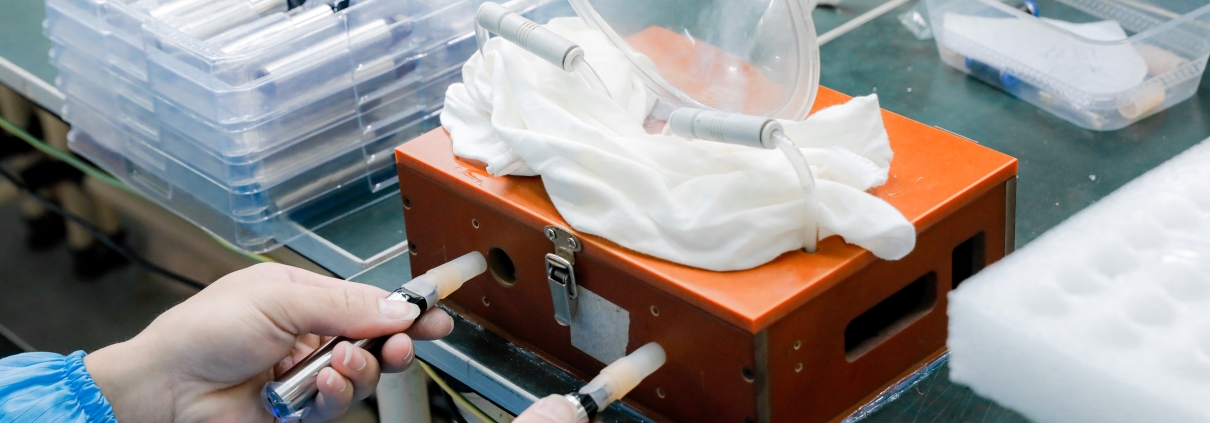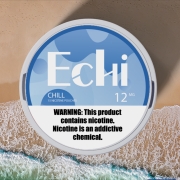Top Nicotine Pouches Compared: A Formal Overview for Informed Buyers
/0 Comments/in Industry Insights, News/by xiaojunNicotine is a naturally occurring stimulant traditionally consumed through smoking tobacco products. However, with increasing health consciousness and growing regulatory restrictions, consumers are now seeking safer, cleaner alternatives. Among these, nicotine pouches have emerged as a leading smokeless option, offering discretion, convenience, and variety. This article provides an in-depth exploration of nicotine pouches—from how they’re made, to their advantages, limitations, and how to select the right product for your needs.
Understanding Nicotine Pouches
Nicotine pouches are small, white, pre-filled sachets containing either tobacco-derived or synthetic nicotine. Designed for oral use, they are typically placed between the upper lip and gum, allowing users to absorb nicotine without inhaling smoke or vapor.
Offered in a range of flavors, strengths, and pouch sizes, nicotine pouches cater to a wide spectrum of user preferences—from those seeking a quick nicotine boost to others preferring a slow-release experience.
Manufacturing Process of Nicotine Pouches
The production of nicotine pouches is highly technical and quality-controlled, typically carried out in a certified nicotine factory. Here’s an overview of the standard process:
-
Pouch Material Preparation: A soft, non-woven fiber fabric is used to create the pouch casing. This material must be mouth-safe, durable, and breathable.
-
Nicotine Formulation: The active ingredient—either tobacco-derived or synthetic nicotine—is blended with stabilizers, pH buffers, fillers (like plant-based cellulose), and flavoring agents.
-
Filling & Sealing: The mixture is measured and inserted into pouches using automated equipment to ensure uniformity. Pouches are then sealed and packed into airtight tins or cans to preserve freshness and potency.
This process requires precision, hygiene, and adherence to international safety standards, particularly for export-ready products.
Pros and Cons of Different Preparations
When comparing nicotine pouches, understanding the distinction between tobacco-derived and synthetic nicotine is critical:
Tobacco-Derived Nicotine
Pros:
-
Often more affordable
-
Familiar flavor profile for traditional tobacco users
Cons:
-
May contain trace tobacco-specific nitrosamines (TSNAs)
-
Can be subject to stricter regulations
Synthetic Nicotine
Pros:
-
Free from tobacco-specific compounds
-
Suitable for markets with strict anti-tobacco legislation
Cons:
-
Higher production costs
-
Slightly different taste experience
The choice ultimately depends on target market, regulatory constraints, and brand positioning.
Market Applications and Applicable Groups
Nicotine pouches serve a diverse consumer base across various scenarios:
-
Smoking Cessation: Many former smokers use pouches as a stepping stone to quitting, given the reduced health risks.
-
Health-Conscious Users: Individuals avoiding combustion products or seeking alternatives to vaping.
-
Discreet Consumers: Ideal for use in public spaces, offices, or travel—anywhere smoking or vaping is not permitted.
-
Lifestyle Buyers: Younger audiences drawn to trendy flavors and innovative delivery formats.
From retail shelves to online specialty stores, the product’s adaptability makes it suitable for a wide range of environments and demographics.
Top Nicotine Pouches: Product Comparison
With a growing number of liquid nicotine wholesalers and pouch brands on the market, a comparative review is essential for making the right purchase. Below is a breakdown of leading options based on quality, price, and innovation:
| Brand | Nicotine Type | Strength Options | Flavors Available | Target Audience | Price Tier |
|---|---|---|---|---|---|
| Brand X | Synthetic | 3mg, 6mg, 9mg | Mint, Citrus, Coffee | Premium buyers, health-conscious | $$$ |
| Brand Y | Tobacco-Derived | 4mg, 8mg | Classic Tobacco, Spearmint | Traditional users, budget-focused | $ |
| Brand Z | Synthetic | 3mg, 6mg | Berry, Menthol, Licorice | Young, trend-driven consumers | $$ |
| Brand A | Organic / Botanical Blend | 2mg, 5mg | Herbal Mint, Lavender | Niche, eco-conscious audience | $$$ |
A full product comparison with specifications, certifications, and bulk order options is recommended for wholesalers and retailers evaluating long-term partnerships.
Conclusion
Nicotine pouches represent the future of nicotine consumption—discreet, smoke-free, and adaptable to a broad array of consumer needs. Whether manufactured using synthetic nicotine for a cleaner profile or tobacco-derived nicotine for a more traditional experience, the quality and safety of each product depend largely on its source and manufacturing process.
As a buyer—whether you’re a retailer, distributor, or brand owner—choosing a reputable nicotine manufacturer is crucial to ensuring product consistency, regulatory compliance, and end-user satisfaction.
Frequently Asked Questions (FAQs)
1. What are nicotine pouches?
Nicotine pouches are smokeless, tobacco-free oral products containing either tobacco-derived or synthetic nicotine, placed under the upper lip for nicotine absorption.
2. How are nicotine pouches made?
They are made by blending nicotine with fillers and flavors, then sealing the mixture in breathable fiber pouches and packaging them in cans.
3. What’s the difference between tobacco-derived and synthetic nicotine?
Tobacco-derived nicotine mimics traditional tobacco taste but may contain trace compounds. Synthetic nicotine is cleaner but costlier and slightly different in taste.
4. Who uses nicotine pouches?
Common users include former smokers, health-conscious individuals, and those seeking a discreet nicotine solution in non-smoking environments.
5. How can I choose a good brand?
Consider your preferences in strength, flavor, and price. Always opt for brands backed by quality assurance and reliable sourcing—preferably from certified nicotine factories.






Leave a Reply
Want to join the discussion?Feel free to contribute!